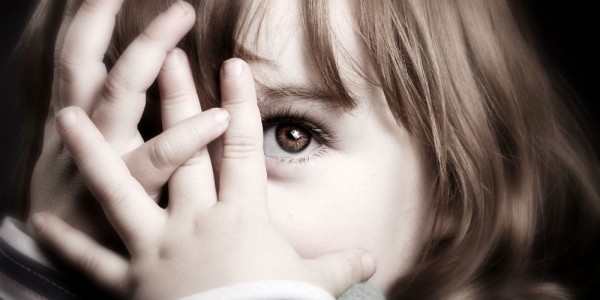Transitioning your “new” child from foster care to adoptive home should be a gradual process. Remember that you are far more excited than your new child is. Your child is scared. Moves have become a way of life. While you see this as an exciting new adventure in your life, your child is wondering how long THIS one is going to last. Be sensitive to these emotions, and respectful of your child’s wishes.
Transitions should take place over a long period. The transition should begin with you meeting your child in the foster home. This allows your child some sense of control. While they can’t control whether or not they move to your home, you can meet on “safe” ground.
First visit
The day you have waited for is finally here. Your visit with your child. I can’t tell you how your child will react to your visit. I went through two different extremes.
The first time we met our son, he was scared, and did not want to see us at all. He was in a home with his biological brother and didn’t want to leave him. He spent the entire two-hour visit in his bedroom, looking at us through a crack in the door. We barely saw his face.
When we met our foster son, K, he was standing on the porch of his foster home, jumping up and down, and yelling, “My new mommy and daddy are here!” He was completely outgoing and wanted my complete attention.
Little did I know that the reaction of both boys were warning signs of things to come, but that’s a story for another day.
On your first visit, if you want to bring a gift, keep it small. A stuffed animal or other age-appropriate item is sufficient. You don’t want to set up a pattern where the child expects gifts from you every time there is a visit. You may want to bring a game or deck of cards along to give you something to do with him or her.
Use this time to get to know your child and to get an idea of what may lie ahead. There are some “red flags” to look for that may indicate future behavior problems.
- A child who comes running to you, wants to sit in your lap, seems overly clingy, and/or cries when you leave is usually a child that has been through many moves and does not have an attachment to the current foster parents. He or she is a “love-the-one-you’re-with” kind of child.
- Some children will want nothing to do with you. Such a child has also probably been through numerous moves, but chooses to guard his or her heart by indifference.
- An appropriate, or healthy, response would be for your child to be cautious of you and look to the foster parents for guidance. This would be an indication of some good attachment to the foster parents.
- Observe how your child responds to redirection or correction. Is he or she oppositional or pretend not hear? Does he or she throw tantrum?
- Observe how the child treats his or her foster parents. Does he or she use manners and ask politely, or is he or she defiant and controlling?
- Children react differently to injury. The main reactions you can watch for are a child who does not cry when injured, or one who cries excessively over even minor injuries.
- A child who will not make eye contact with you may also be a red flag.
- Some children are affectionate with strangers while you are out in public. Some children do not have appropriate boundaries, and will talk to anyone, or even hug strangers.
Keep in mind that these actions and characteristics don’t mean that the child won’t be right for your family. They just mean it may take some time to transition them into your family, so be patient with them and yourself.

